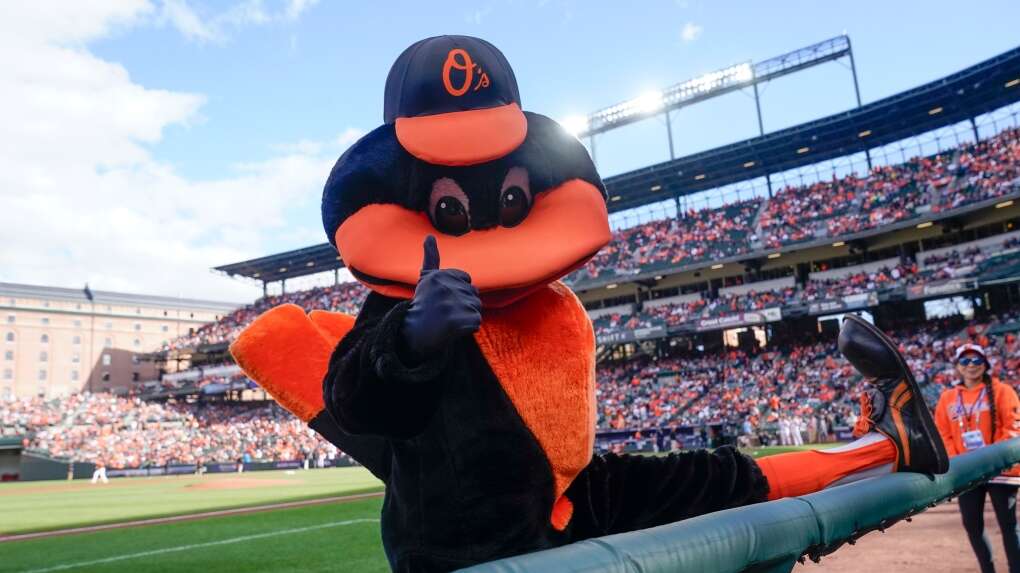
Critical Evaluation: What Orioles $1.725 Billion Ownership Change Brings To Camden Yards And Baltimore
The sale of the Baltimore Orioles to an investor group led by private equity billionaires David Rubenstein and Mike Arougheti has generated headlines and discussions about possibilities for the team’s on-field fortunes. But what the new ownership can do with off-field opportunities has the potential to bring even greater benefits to the team, city, and wider community.
“The impact of the Orioles extends far beyond the baseball diamond,” Rubenstein said. “The opportunity to catalyze development around Camden Yards and in downtown Baltimore will provide generations of fans with lifelong memories and create additional economic opportunities for our community.”
Camden Yards, which opened its gates in 1992, is a landmark in sports and society. A departure from the cookie-cutter multipurpose stadiums of the past few decades, Camden Yards ushered in a new period of sports venue design and the era of “the stadium experience.”
Spearheaded by Larry Lucchino, then-president of the Orioles, and Janet Marie Smith, the team’s then-vice president of planning and development, the ballpark was conceived as an homage to the tradition of neighborhood stadiums while incorporating modern amenities. It followed the belief of Edward Bennett Williams, the Orioles owner at the time, that building a home field for the Orioles was necessary for the future of the team and its home city. That vision aligned with Mayor William Donald Schaefer’s plans for revitalizing the historic Inner Harbor district, which also included construction of nearby M&T Bank Stadium, home of the NFL’s Baltimore Ravens.
Late last year, the Orioles and the State of Maryland solidified a lease agreement that will keep the team in Baltimore and at Camden Yards for up to the next thirty years. The agreement unlocked $600 million in public funding for upgrades to the ballpark. As part of the 30-year deal, there is an option to end it after 15 years if the franchise does not receive state approval to develop parcels of land surrounding Camden Yards. But as current mayor Brandon Scott said in a statement after the agreement was finalized, the Orioles are “an institution and an irreplaceable member of the collective family that makes up Charm City,” and the time had come to modernize the landmark ballpark and the area around it into “the best version of itself.”
For the new ownership group, the city, and their communities, the lease agreement presents a unique opportunity for innovation. Through public-private partnerships, the Orioles, organizations throughout Baltimore, and people in the area can renew efforts in using Camden Yards as a hub for economic development, social impact, and community benefits.
Rubenstein, the locally born-and-raised co-founder of Carlyle GroupCG +0.9%, and Arougheti, co-founder of Ares ManagementARES +2.9%, lead the ownership consortium. Mitchell Goldstein and Michael Smith, co-heads of Ares Credit Group, will contribute their experience in investment banking and capital raising. But they and their fellow members bring more than financial clout, familiar names, and business acumen to the venture that values Baltimore’s Major League Baseball club at $1.725 billion:
- Cal Ripken, the Orioles legend and Baseball Hall of Fame member, has developed a post-career business portfolio since retiring in 2001, including ownership of the nearby minor league baseball affiliate Aberdeen IronBirds and the Ripken Baseball ecosystem of youth baseball complexes and tournaments;
- Grant Hill, the Basketball Hall of Fame member, brings his post-career business interests, which include real estate investments in large mixed-use development projects, as well as the NBA’s Africa venture and a minority stake in the Atlanta Hawks;
- Michael Bloomberg, the billionaire founder of Bloomberg LP and Bloomberg Philanthropies and three-term New York City mayor, has invested heavily in initiatives to tackle public health challenges, including donations totaling more than $3.5 billion to Baltimore’s Johns Hopkins University, his alma mater, which has helped grow the largest school of public health in the world;
- Kurt Schmoke, the current University of Baltimore president, turned focus toward programs for neighborhood revitalization and community development projects during his tenure as the first African American to be elected mayor of the city;
- Michele Kang, founder of the Cognosante health innovation technology enterprise, brings her ownership of NWSL side Washington Spirit, Division 1 France side Olympique Lyonnais Féminin, and England Championship side London City Lionesses, all of which has brought a new leadership culture and strategy to top-flight women’s soccer and its communities.
Most of the reporting and analysis following the announcement of new ownership for a major league sports franchise understandably focuses on what it could mean for the team’s on-field performance. Last year’s Orioles squad played to a 101-61 record and the franchise’s first division title since 2014, a significant turnaround after years of losing seasons and team payrolls that often ranked anywhere from the middle to the bottom across all of MLB. As the new ownership—which still needs formal approval from MLB owners—turns the Orioles toward a new season in the franchise’s history, it is the sights and sites around and outside the stadium walls that hold promise for even greater impact.
Through partnership between the team owners, city leaders, residents, fans, and visitors, the Orioles have opportunities to create a new legacy for Camden Yards as an example of innovation in sports-led development for social impact and community benefits.
Leave a Reply